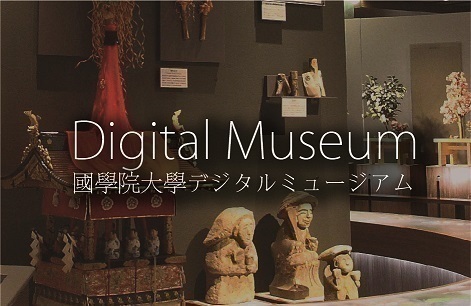- トップ
- Encyclopedia of Shinto
- Mikumarinokami
Encyclopedia of Shinto
| Main Menu: | |
| Links: |
詳細表示 (Complete Article)
| カテゴリー1: | 2. Kami (Deities) |
|---|---|
| カテゴリー2: | Kami in Folk Religion |
| Title | Mikumarinokami |
| Text | [Mikumari no kami] "Water-dividing kami," tutelaries of the allocation of running water. The root kumari possesses the same significance as the modern kubari (allocate, distribute), and mi is an abbreviated form of mizu or water. Mikumari no kami are most often found enshrined at stream headwaters, or at the distribution forks of irrigation canals. The Kojiki describes the offspring of Hayaakitsuhiko and Hayaakitsuhime as the two water kami Amatsumikumari no kami (Heavenly Mikumari) and Kunitsumikumari no kami (Earthly Mikumari). Shrines devoted to these two kami as objects of worship (saijin) can be found in numerous locales, but the best known would include the shrines Katsuragi Mikumari Jinja, Yoshino Mikumari Jinja, Uda Mikumari Jinja, and Tsuge Jinja (all in Nara Prefecture); and the Take Mikumari Jinja and Ame no Mikumari Toyoura Mikoto Jinja (Osaka). Due to its domain over the allocation of water, the kami was also the object of worship in rites invoking rain (amagoi). With time, mispronunciation of the name Mikumari as Mikomori led to its association with a tutelary of children and childbirth (in this case, mi is understood as an honorific prefix, while ko-mori = lit. "child-protector," nanny, babysitter, etc.). In connection with the motif of water, Mikumari no kami is also sometimes identified with the kami of the rice paddy (ta no kami), and when enshrined at mountain springs, with the kami of the mountain (yama no kami). -Iwai Hiroshi |




